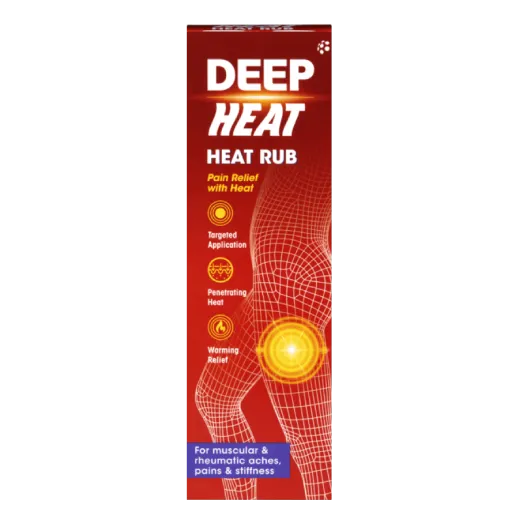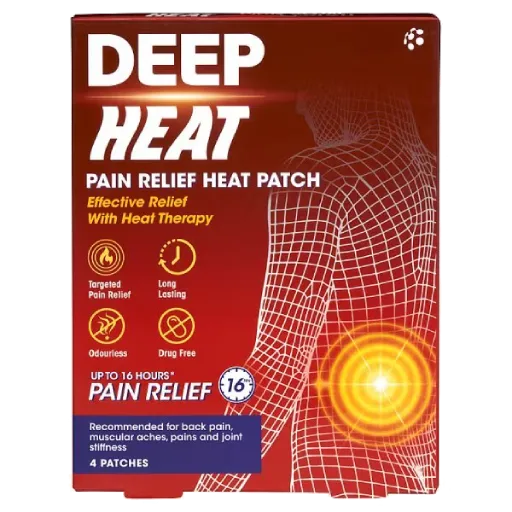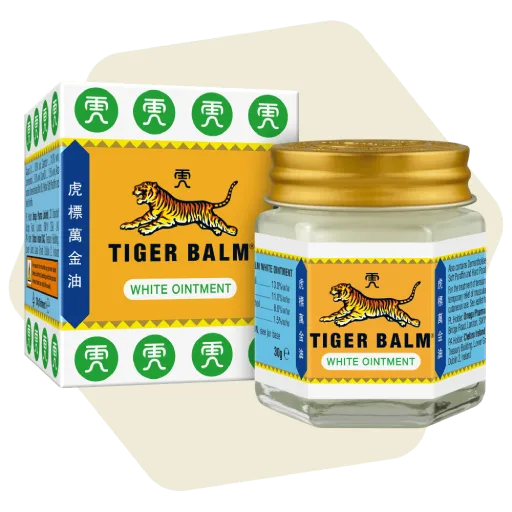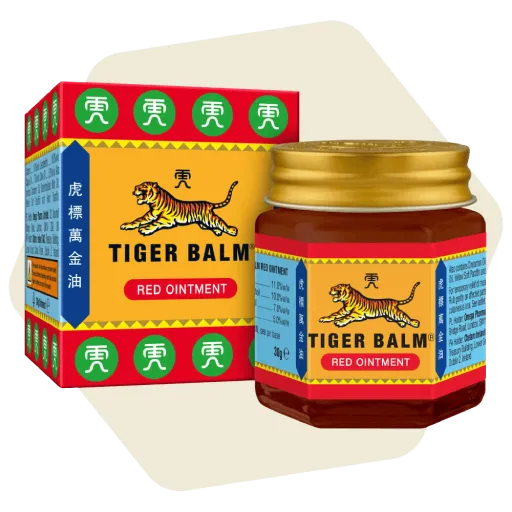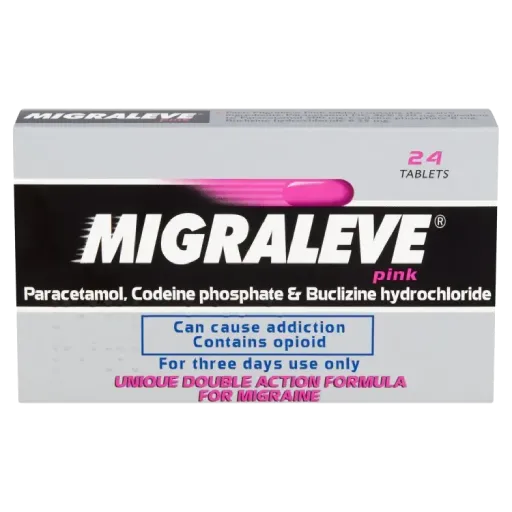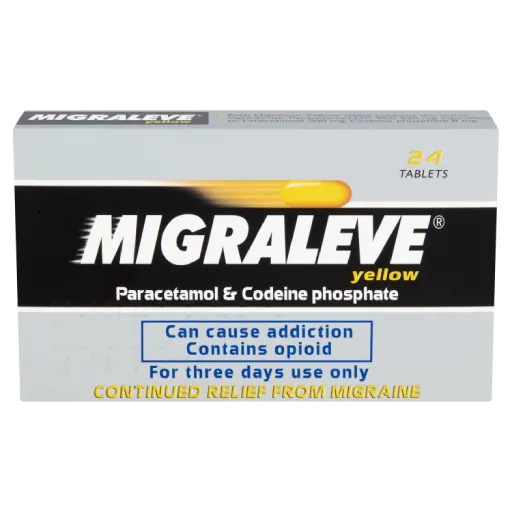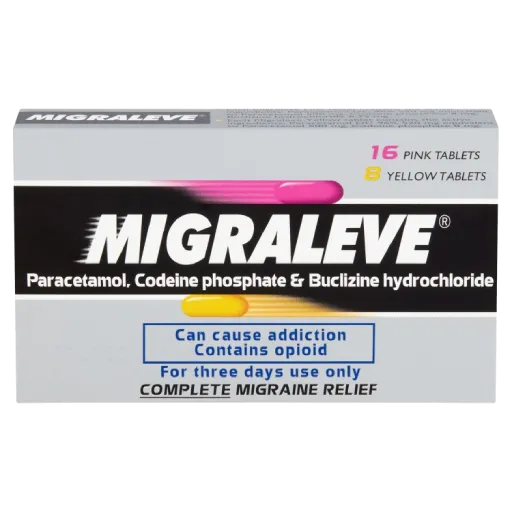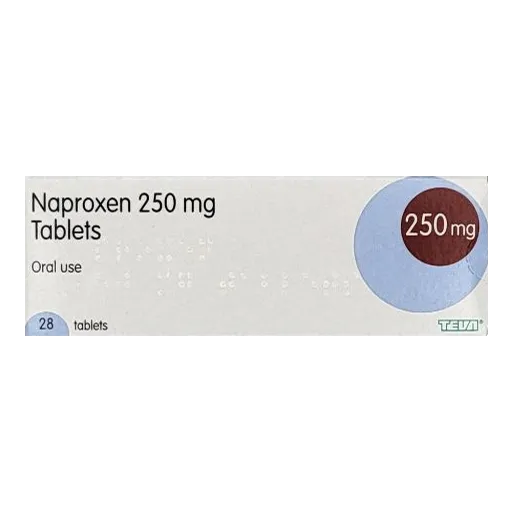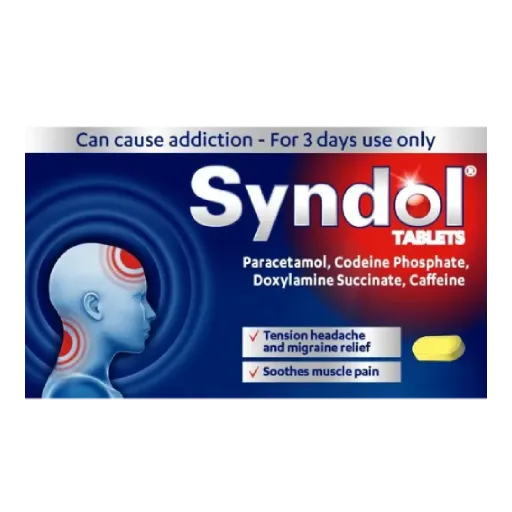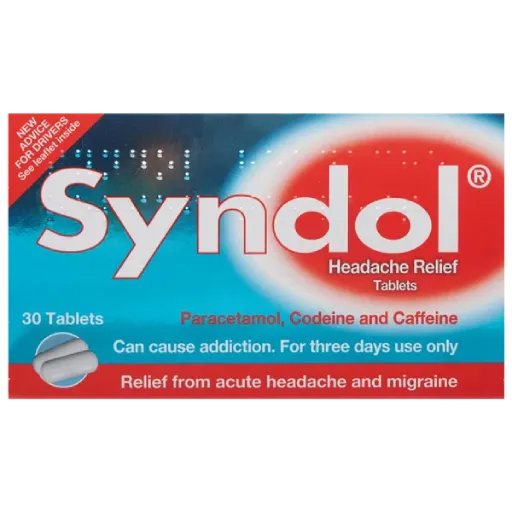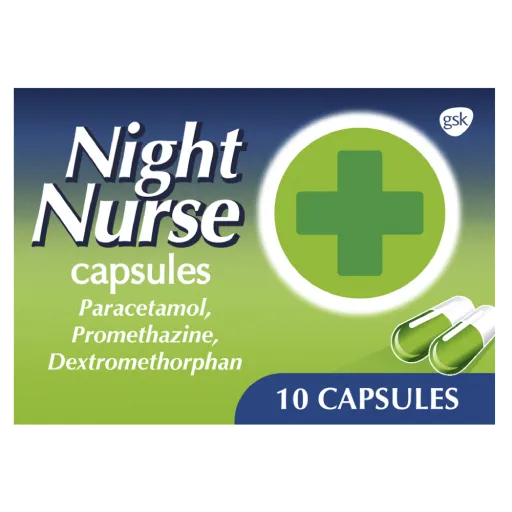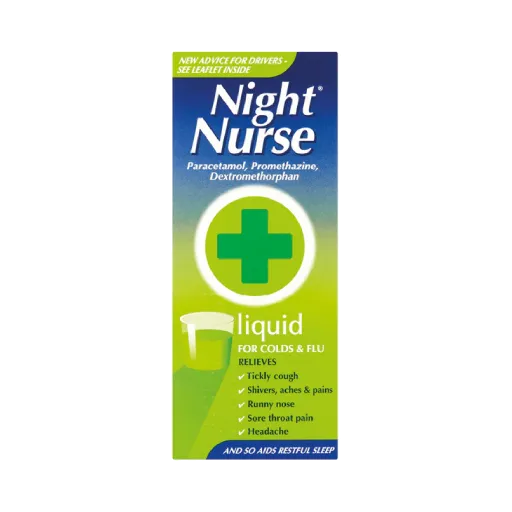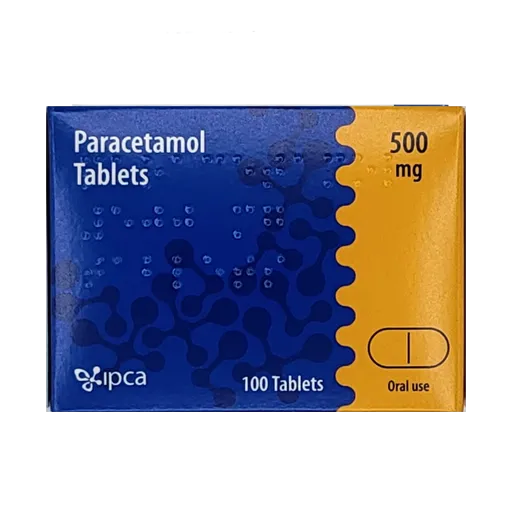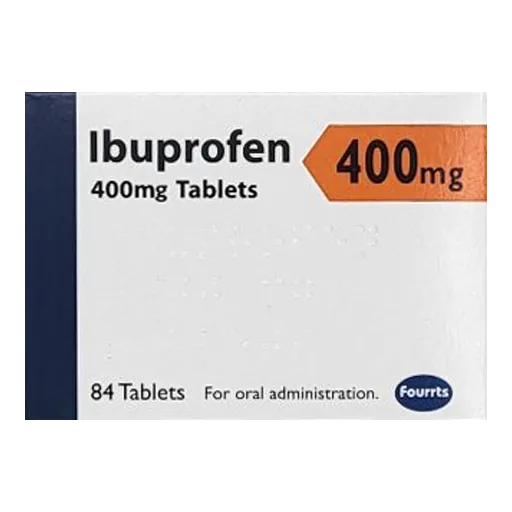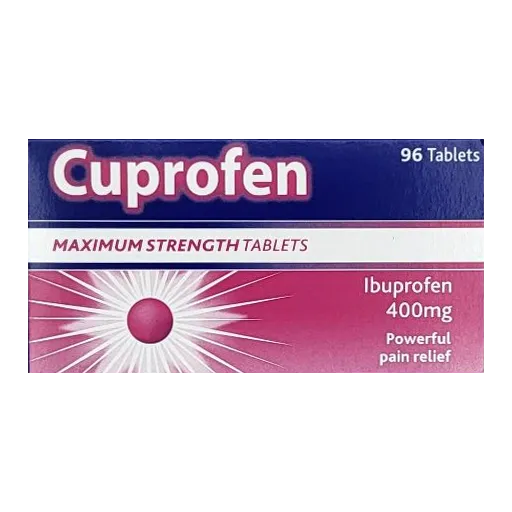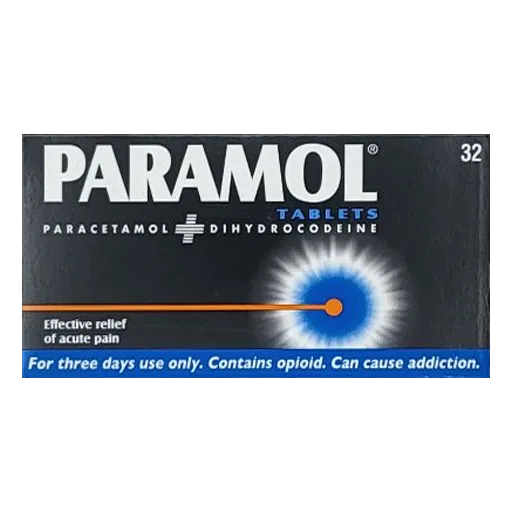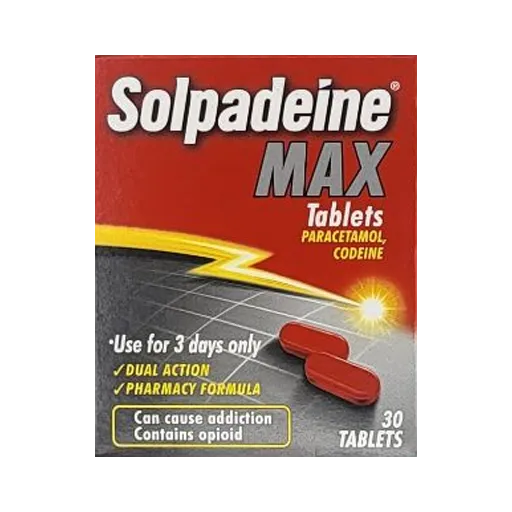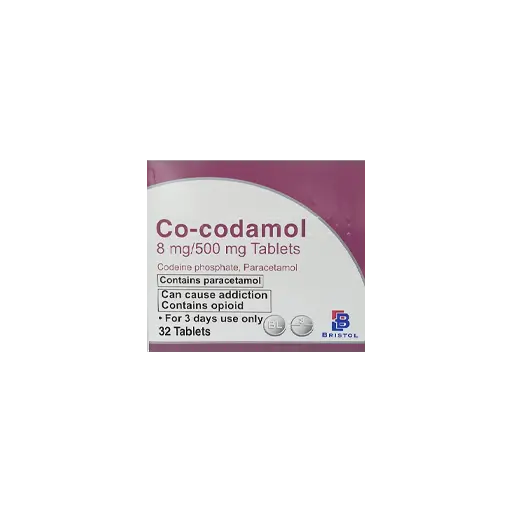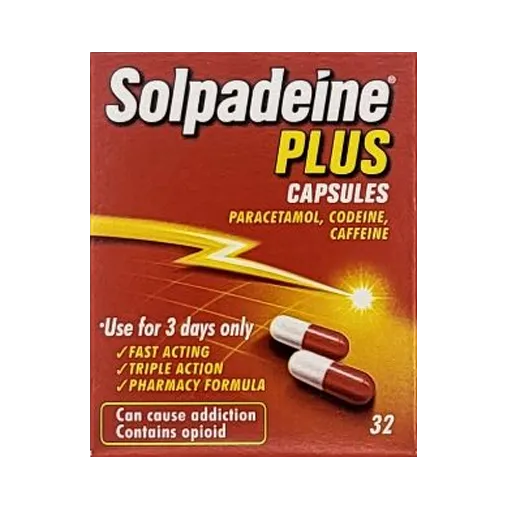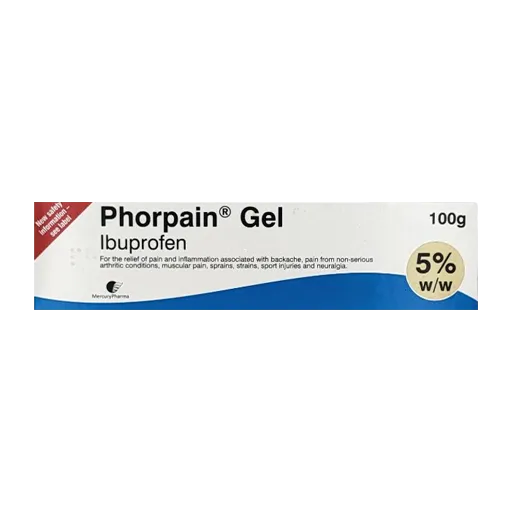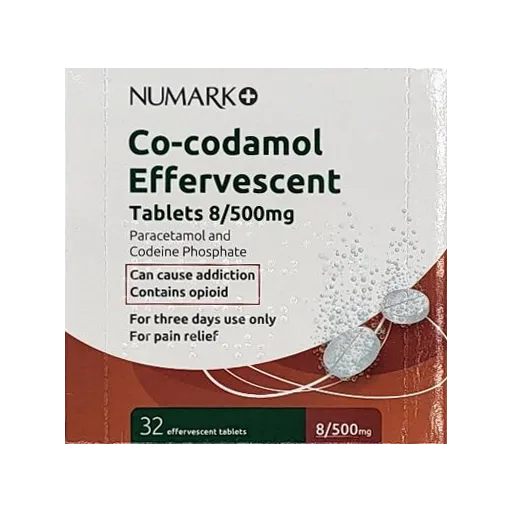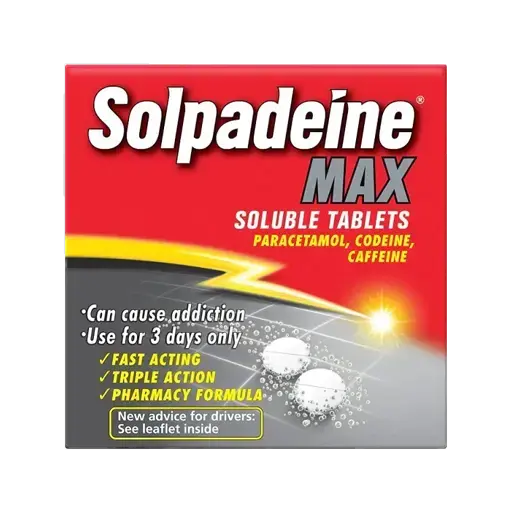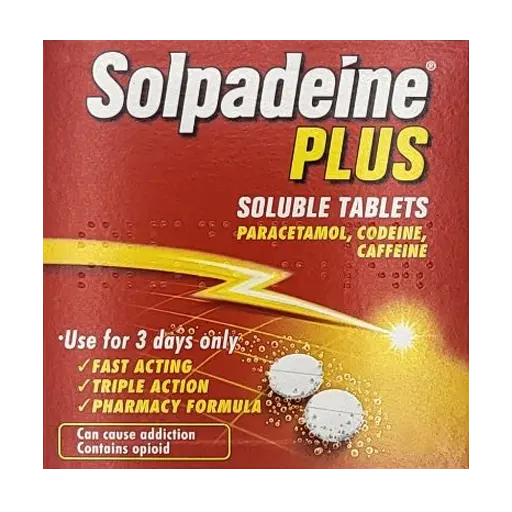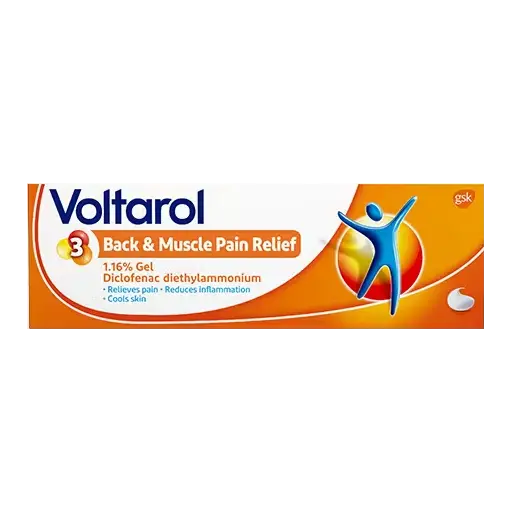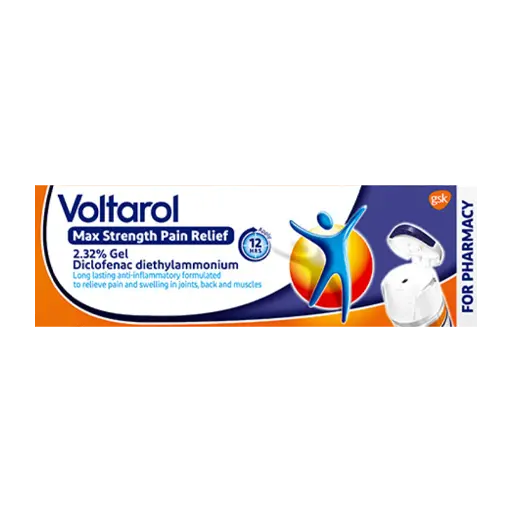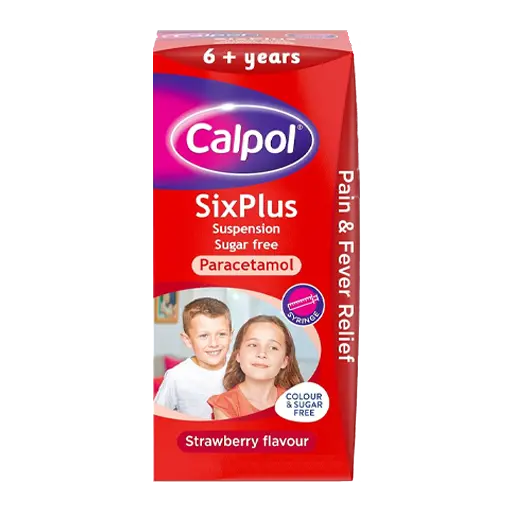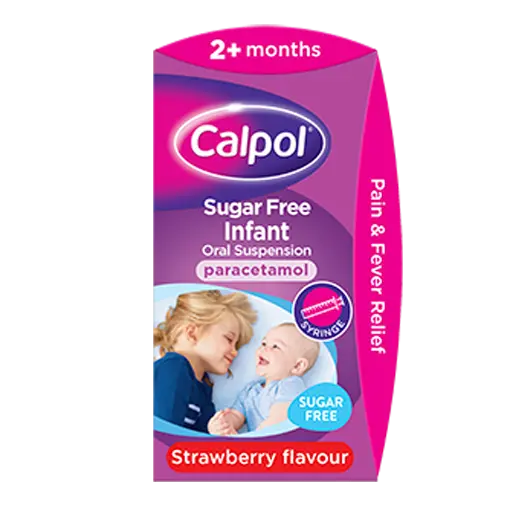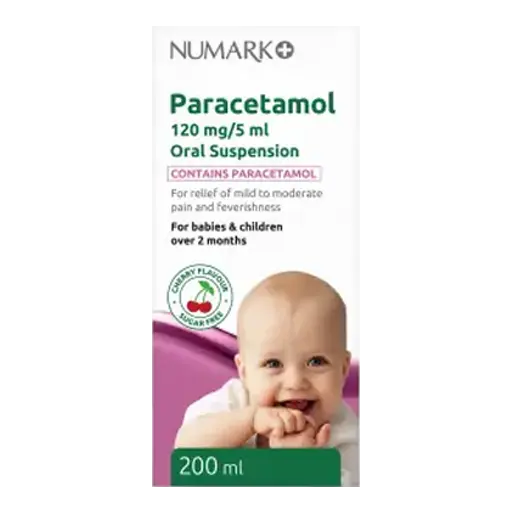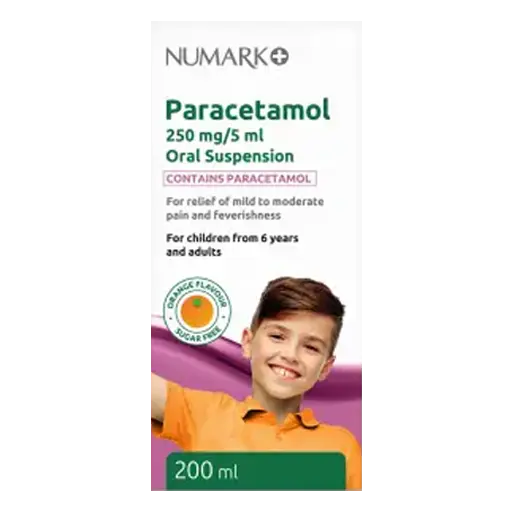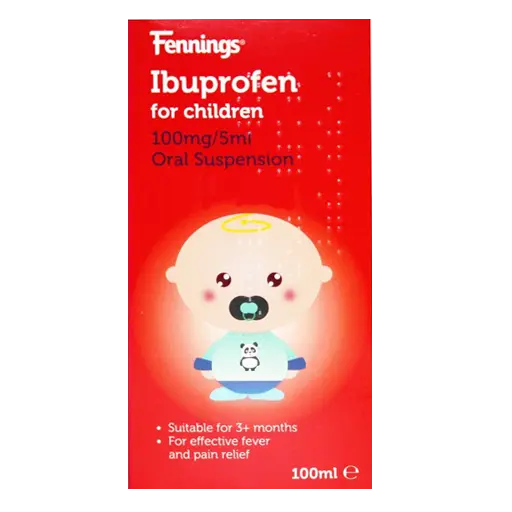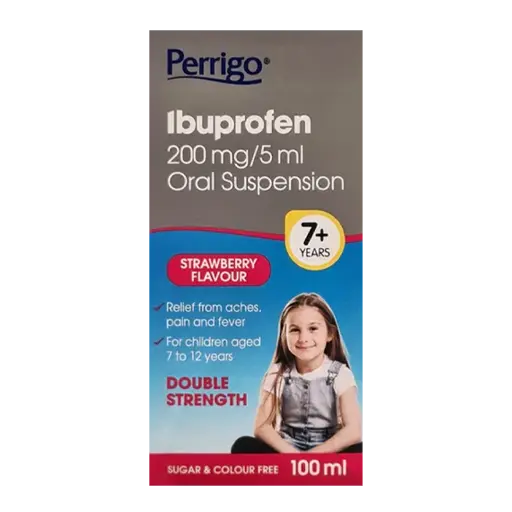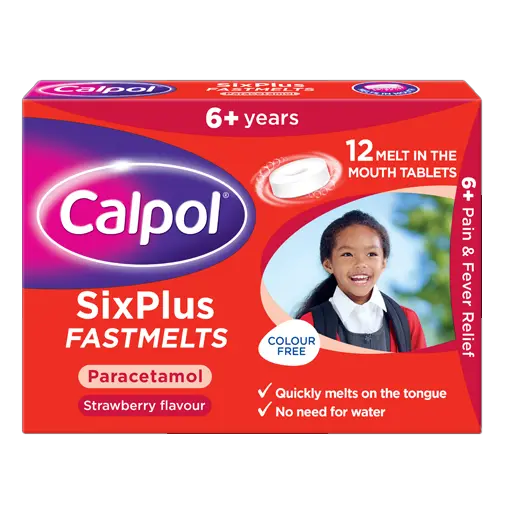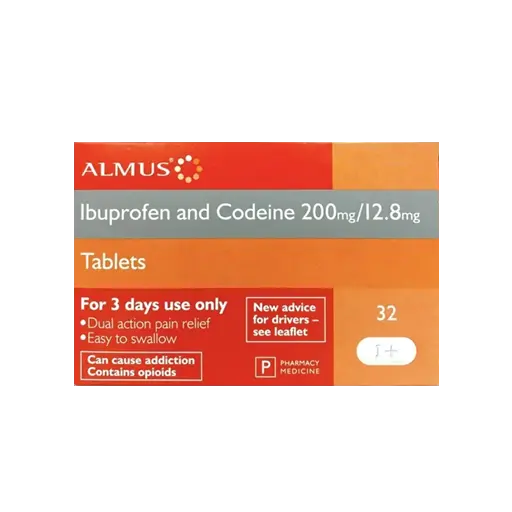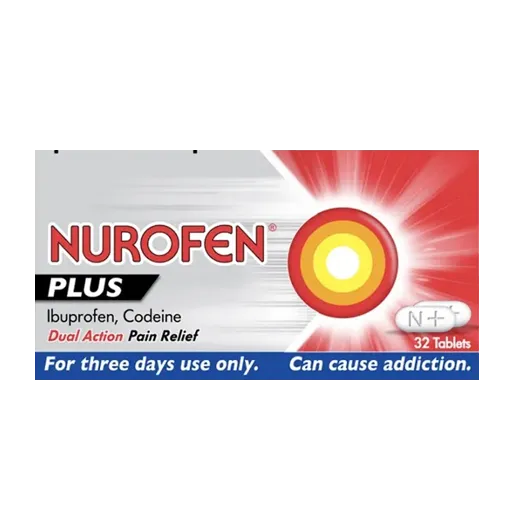pain relief consultation
Please fill in the questionnaire below. Any information provided will be kept confidential and will only be seen by a prescriber. These questions are designed to give our prescriber enough information to make a decision on whether the treatment is suitable, please fill them in truthfully.
pain relief
Pain can be caused by a number of different causes including injuries or illness. It can be short term pain or chronic. Painkillers can be taken to reduce your pain. There are different types of painkillers that work in different ways some can be combined to provide even more effective pain relief.
-
P
-
P
-
P
-
POM
-
P
-
P
-
P
-
P
-
P
-
P
-
P
-
P
-
P
-
P
-
P
-
P
-
P
-
P
-
P
-
P
-
P
-
P
-
P
-
P
-
P
-
P
-
P
-
P
Pain Relief
Pain relief medicines help reduce discomfort caused by headaches, period pain, muscle aches, joint issues, or injury.
There are many types of painkillers available - some reduce inflammation, others block pain signals, and some combine different ingredients for stronger relief.
Choosing the right option depends on your symptoms, age, and any existing medical conditions. Below is a summary of commonly used pain relief products available without a prescription.
Types of pain relief
Pain relief products come in different forms including tablets, capsules, and topical gels. Here's what's available:
Naproxen tablets
- A non-steroidal anti-inflammatory drug (NSAID) used for joint pain, muscle pain, period pain, and strains
- Longer-acting than ibuprofen - usually taken twice daily
- Is prescription only and has a wide range of contra-indications (e.g. asthma, heart disease, kidney problems, previous stroke)
Paracetamol caplets
- A standard painkiller and fever reducer
- Suitable for mild to moderate pain, including headaches and cold symptoms
- Gentle on the stomach and safe for most people
Ibuprofen tablets
- A fast-acting NSAID used for pain, inflammation, and swelling
- Commonly used for period pain, dental pain, and sports injuries
- Should be taken with food to reduce stomach irritation
Paramol tablets
- Contains paracetamol and a low dose of dihydrocodeine (an opioid)
- Stronger than standard paracetamol or ibuprofen
- Can cause drowsiness - do not drive or operate machinery after taking
- Should only be used short term
Solpadeine tablets
- Combination of paracetamol and codeine
- Used for moderate to severe pain when other painkillers haven't worked
- May cause constipation or drowsiness
- Should not be taken for more than 3 days without medical advice
Co-codamol tablets
- Contains paracetamol and low-dose codeine (usually 8mg)
- Used for short-term relief of moderate pain
- Only available from pharmacies - speak to a pharmacist before use
- Can be addictive with long-term use
Ibuprofen gel
- Topical NSAID for localised pain relief
- Applied directly to the skin over sore muscles and joints
- Useful for sports injuries, back pain, and arthritis
- Lower risk of stomach side effects compared to tablets
Voltarol Back & Muscle Pain Relief Gel
- Contains diclofenac, a strong anti-inflammatory
- Targets back pain, sprains, and muscle aches
- Applied directly to the painful area up to 3-4 times daily
- Do not use on broken skin or with other NSAIDs
Calpol
- Liquid paracetamol for babies and children
- Helps relieve fever, teething pain, earaches, and general aches
- Dosed according to the child's age and weight
- Available in sugar-free and infant-friendly formulas
Important reminders
Always follow the dosage instructions on the label. Never take more than one medicine containing paracetamol or codeine at the same time.
Opioid-containing medicines like Paramol, Solpadeine, and co-codamol should only be used for short periods to avoid dependence.
Speak to your pharmacist or GP if you're unsure which pain relief is right for you.
